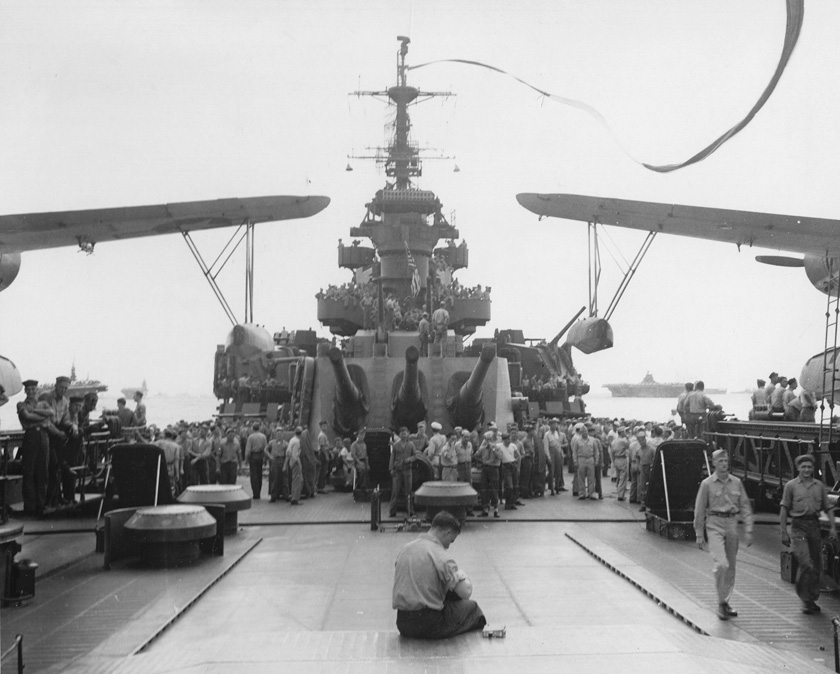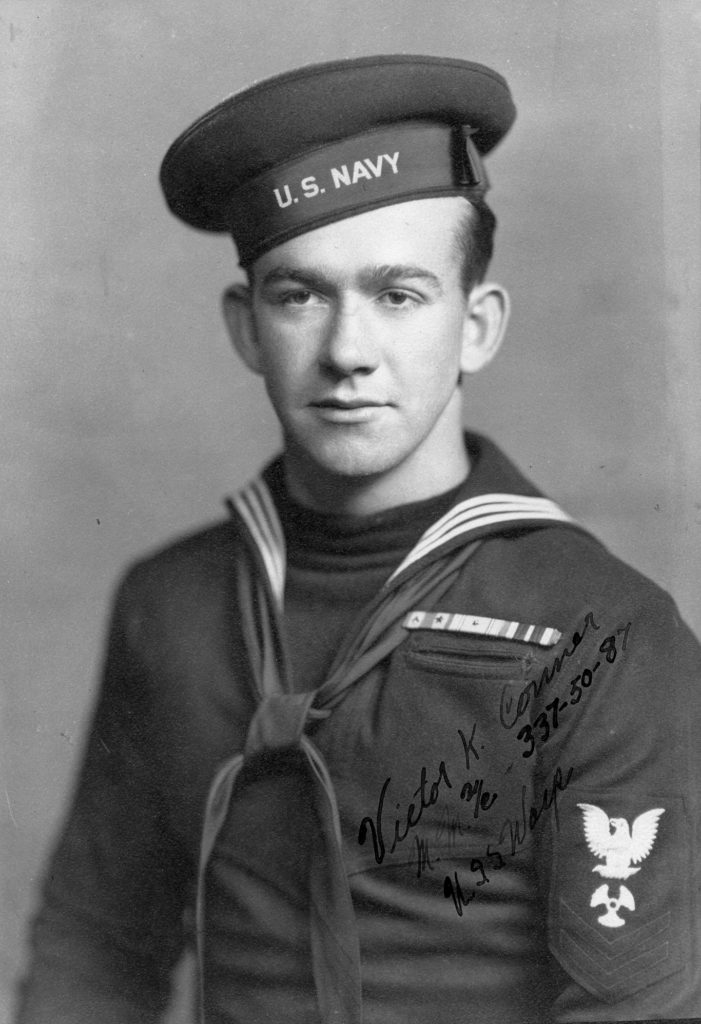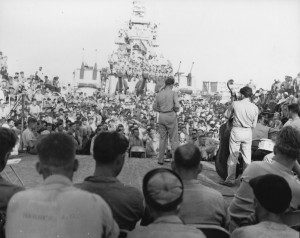3/12/21
We’ve been having ongoing, seemingly impossible-to-resolve tech problems with this site. I’m gonna blame it on Covid. Anyway, hopefully we’re past the issues, and we can keep posting from time-to-time.
Let’s set the “WAY-BACK MACHINE”, Mr. Peabody, to March of 1945.
On March 6, The crew of CA-69 Bostom weighed anchor and pulled out of Ulithi Lagoon. The ship badly needed repairs. They began heading home (to San Pedro, CA) for major repairs and retrofits to radar and navigation systems. They would be docked in the Navy Yard at San Pedro until June 1st, at which time they weighed anchor and headed back to Japan.

March 11, 1945 This morning we entered Pearl Harbor, every member of the crew was in white uniform. We were at quarters streaming our pennant, tomorrow we will get liberty.
March 12-21, 1945 This morning two-thirds of the crew went on liberty, which was from 0900 to 1800 hours. We all came back feeling pretty good, some people feeling pretty bad, from too much drinking. We will be here for ten days. I am spending my liberty in Waikiki Beach, there are some good restaurants here. We also get dungaree liberty and go over to the sub base. They have a large ship, stores and restaurant over there. We also visit the ship stores at the Navy Yard. (Frank Studenski)
Every time I use entries from Frank’s incredible diary, I think about how little we would know about the ship, the action and the men without his diary. We’re forever grateful.
Steve


